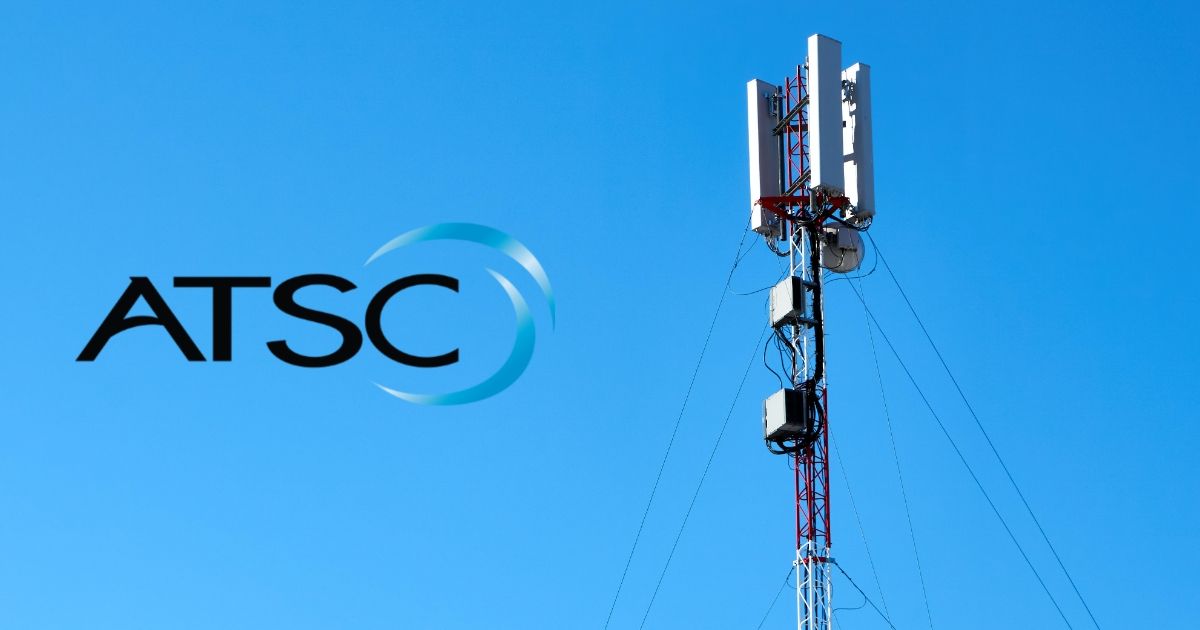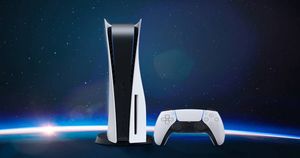
The Government of India is reportedly considering to mandate ATSC 3.0 antennas in every smartphone sold in the country, which will allow devices to directly stream live TV even without cellular connectivity.
However, Samsung and Qualcomm have opposed this proposal, citing complications due to additional hardware requirements. As per the two OEMs, the individual cost of devices can increase by $30 (approx Rs 2500) and will also hinder the existing production plans of smartphone makers.
But what is ATSC 3.0, and why are smartphone companies against its implementation? Let’s have a look.
What is ATSC 3.0 Technology?
ATSC stands for Advanced Television Systems Committee, which sets and regulates the standards for TV broadcasting. The standards set by ATSC are widely followed by nations across the world, similar to the adoption of 4G and 5G networks.
ATSC 3.0 is the latest standard in TV broadcasting and is a completely digital signal. It has the potential to stream TV content up to 4K resolution at 120fps. It can also stream HLG and HDR content, along with Dolby AC-4 audio.
While the resolution improvements in ATSC 3.0 are massive, the biggest advantage of the latest standard is its switch to the Internet Protocol (IP). This allows ATSC 3.0 to be implemented on several other gadgets, including your smartphone.
How Does ATSC 3.0 Work?
Let’s understand this from the Indian perspective. Our country uses the satellite medium for TV broadcasts. Here, users can either have their own individual antennas outside their homes or get a cable connection through a local operator which eventually connects to a larger antenna.
The reason for the widespread adoption of satellite-based TV broadcast in India is its affordability and minimal setup, as signals are directly received from satellites above the earth. There is no need to set up base stations and underground cables.
However, ATSC 3.0 uses over-the-air broadcast. Here, multiple broadcast towers are set up in several cities which distribute the TV signals over an area. The distribution technique is similar to cellular networks. These signals can then be picked up by any ATSC 3.0 compatible receiver, which decodes the signal and displays content on your TV.
These ATSC 3.0 antennas can be installed on set-top boxes and even smartphones. This is why, the Government of India was planning to make it mandatory for every smartphone in India to have an ATSC 3.0 antenna, to enable seamless Live TV streaming on all smartphones.

ATSC 3.0 has already been tested and implemented on smartphones. The Mark ONE smartphone, developed in collaboration by ONE Media and India-based Saankhya Labs has already demonstrated live TV streaming on smartphones, using embedded ATSC 3.0 antennas.
However, the Mark ONE smartphone is still a prototype and is not commercially available. The concept of direct-to-phone live TV using ATSC 3.0 has not been deployed anywhere in the world yet.
Benefits of ATSC 3.0
As it is the latest standard. ATSC 3.0 offers multiple benefits such as high-resolution streaming, lower latency, additional bandwidth for simultaneous multiple streams which is helpful in sports telecasts, and much more. It can also offer interactive streams where users can interact with the live feed.
ASTC 3.0 is considered the future of TV broadcasting. Countries like the USA, South Korea, Jamaica, and Brazil have already started adopting the new standards enabling high-quality TV streaming. LG has also developed TVs in South Korea with built-in ATSC 3.0 tuners.
Drawbacks of ATSC 3.0
While the advantages of ATSC 3.0 outweigh its drawbacks, it still has some setbacks which is why its implementation has been prolonged for almost a decade now. ATSC 3.0 requires broadcasters to upgrade their transmitters and base stations which is a huge investment.
The biggest hurdle in the ATSC 3.0 adoption has been the emergence of OTT. The global average internet speeds have almost quadrupled in the last decade, and the number of internet users has also exponentially increased. This single factor has shifted the multimedia consumption medium from regular TV to internet-based OTT platforms.
From a broadcaster’s POV, it is easier and viable for service providers to distribute high-quality 4K content via OTT, rather than infusing huge capital investment in modern equipment. Hence, the deployment and adoption of ATSC 3.0 has been very slow.
For reference, the development of ATSC 3.0 began way back in 2015. The first commercial adoption of the technology happened in 2017 in South Korea. Six years later, ATSC 3.0 is still present only in a handful of regions, while other technologies during the same period like 5G networks have rapidly expanded across the world.
Why Smartphone Brands Are Hesitant to Implement ASTC 3.0 in India?

India is an extremely price-sensitive market, where the cost of the phone plays an important role in the buying decisions of customers. As ATSC 3.0 requires additional hardware antennas in the phone, OEMs will have to spend extra to implement this functionality in smartphones.
Samsung and Qualcomm say that the price of smartphones can hike by $30 (approx Rs 2500) per unit. The companies have also cited that they do not find any merit in implementing ATSC 3.0 in devices.
Another factor is that the ATSC 3.0 antenna will require significant space inside the smartphone. Hence, companies will be required to specially design units for the Indian markets, which will again increase the production costs of phones.
Another important is that the ATSC 3.0 infrastructure in India is still not present. Even if smartphones start getting the required antennas, broadcasters are still required to set up base stations across India, which does not look like a priority for service providers in India as of now.
Due to these factors, smartphone companies are not keen on installing ATSC 3.0 equipment in smartphones. The idea of the Indian Government to force this change is good, but the execution is tricky due to the infrastructure challenges faced in the process.
India does have plans to implement the ATSC 3.0 technology for TV streaming, but it will be very difficult to bring the feature directly to smartphones.













